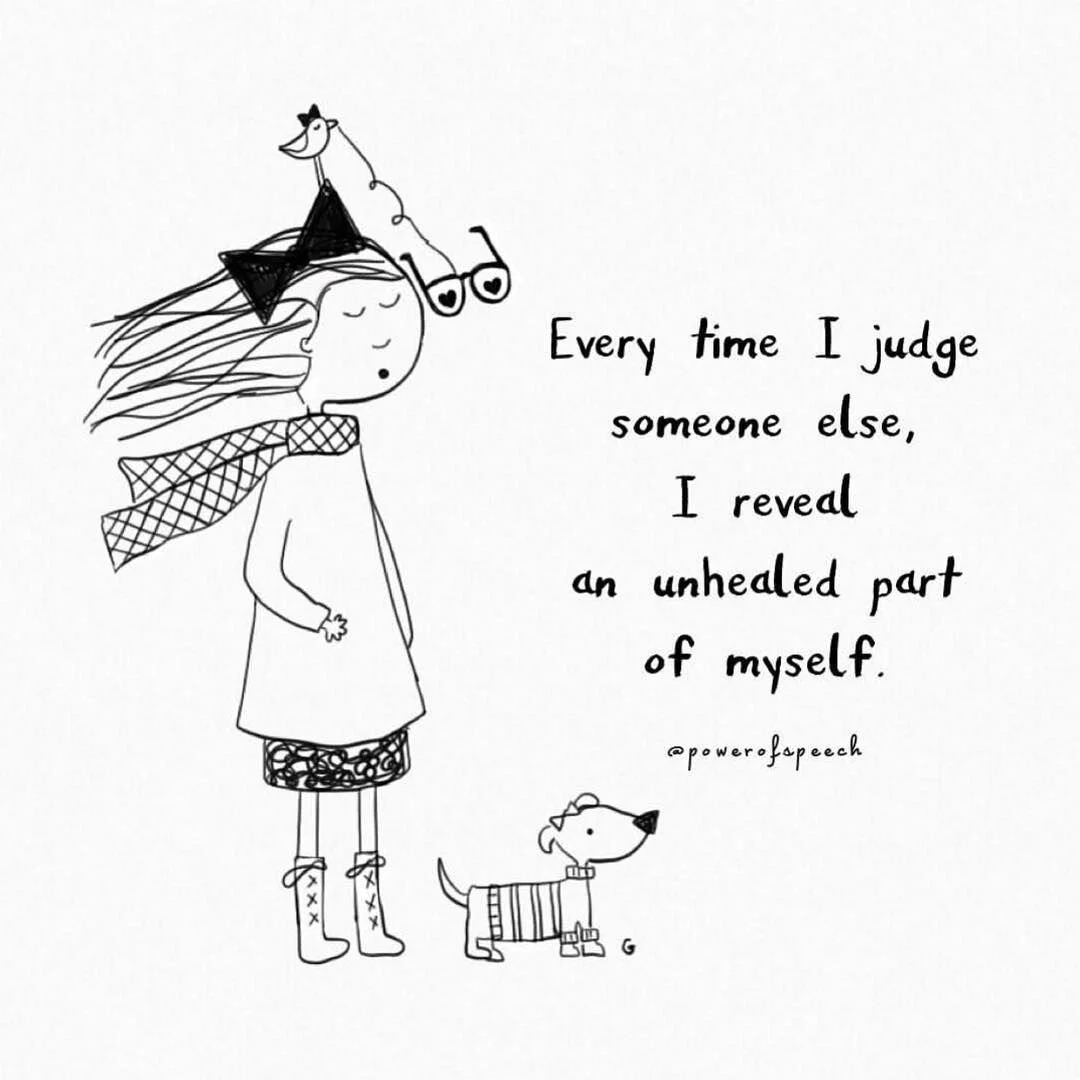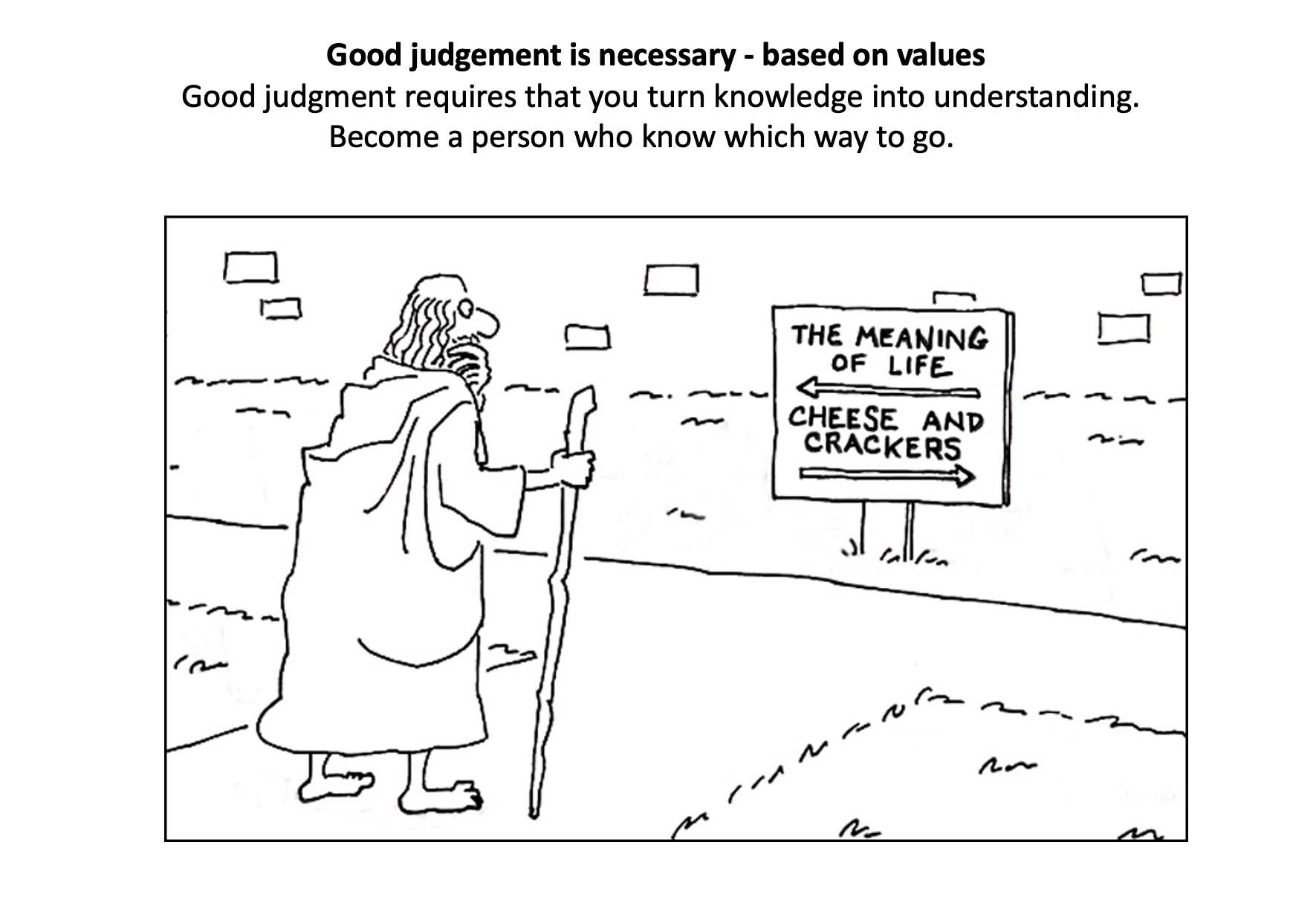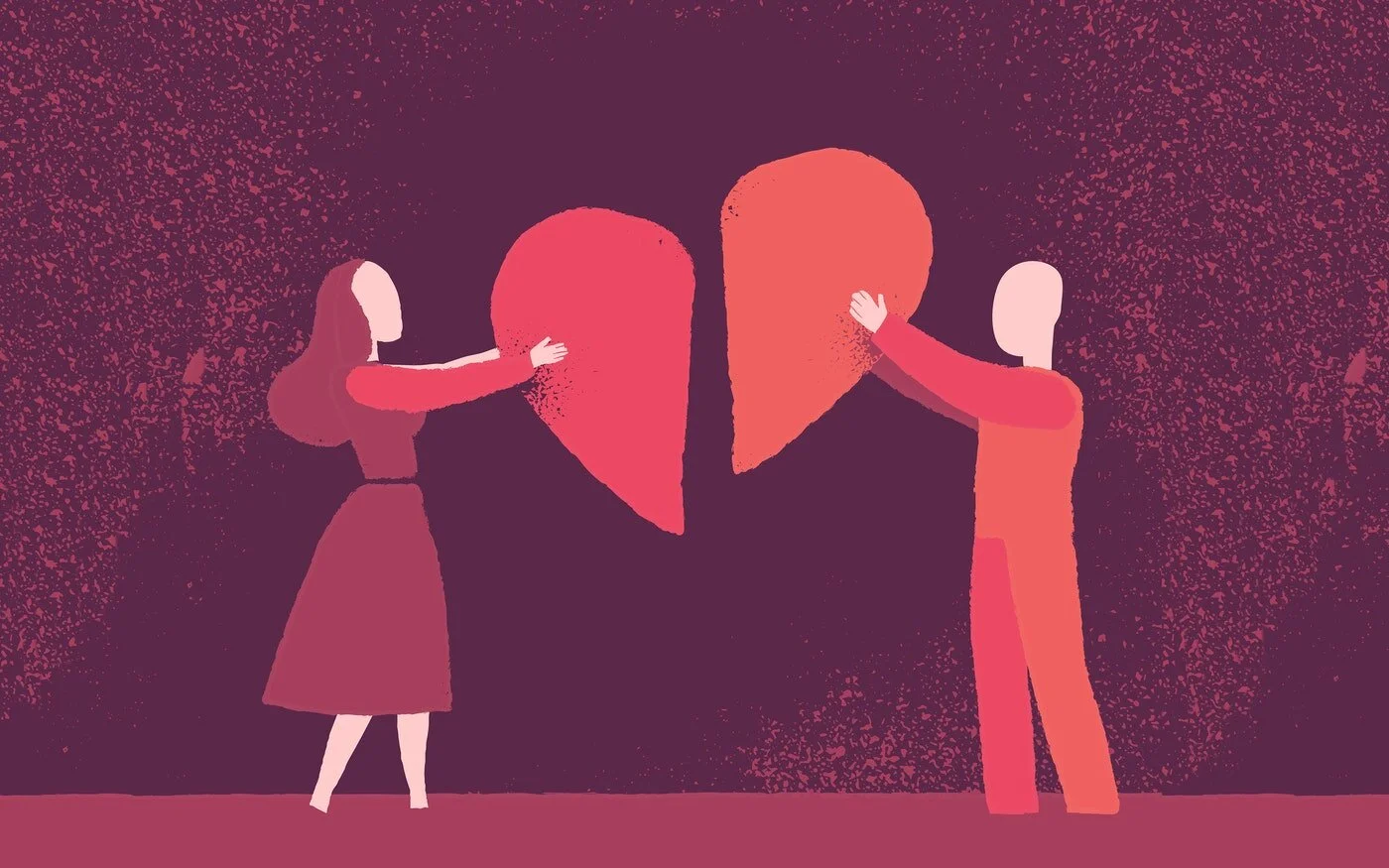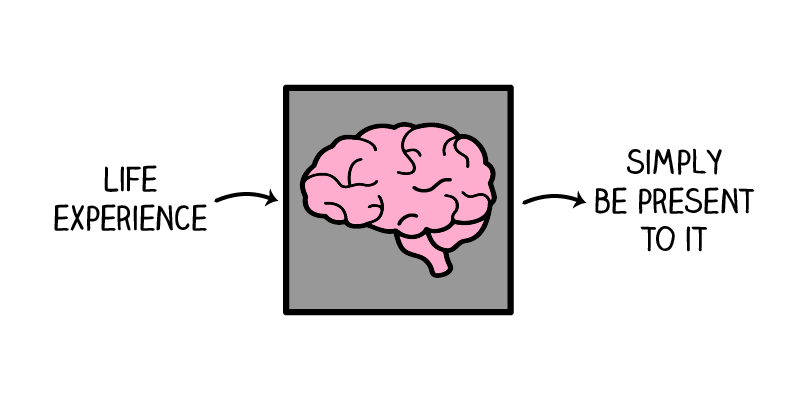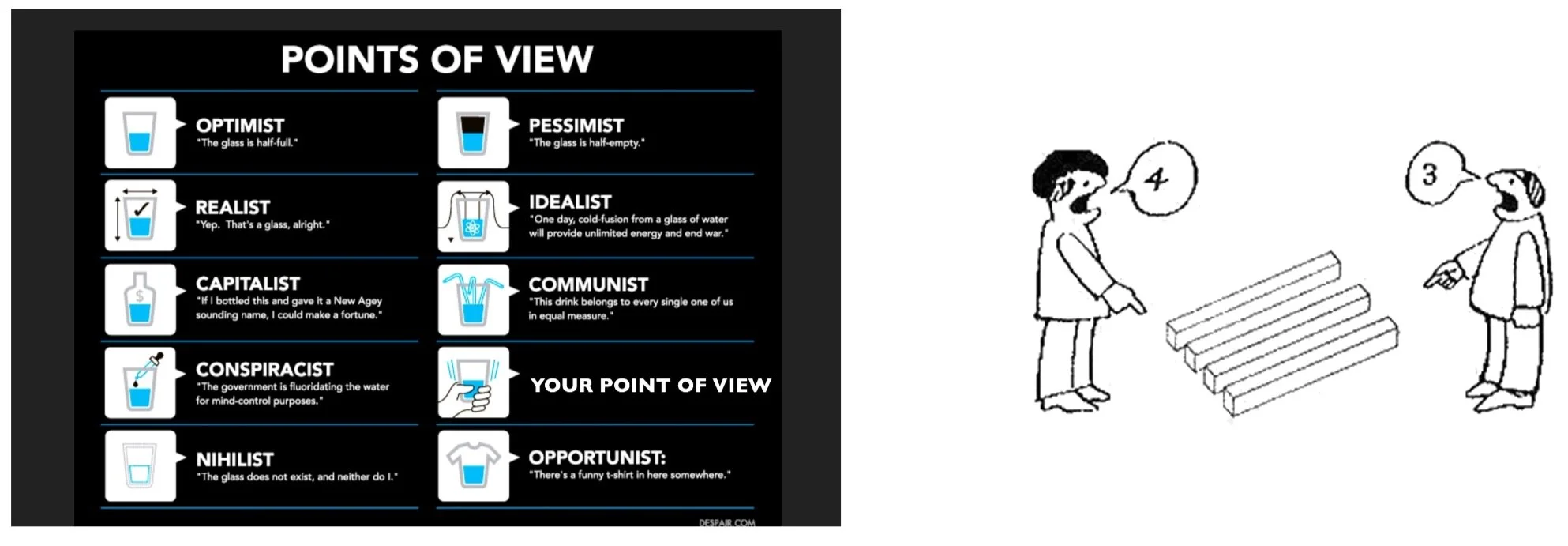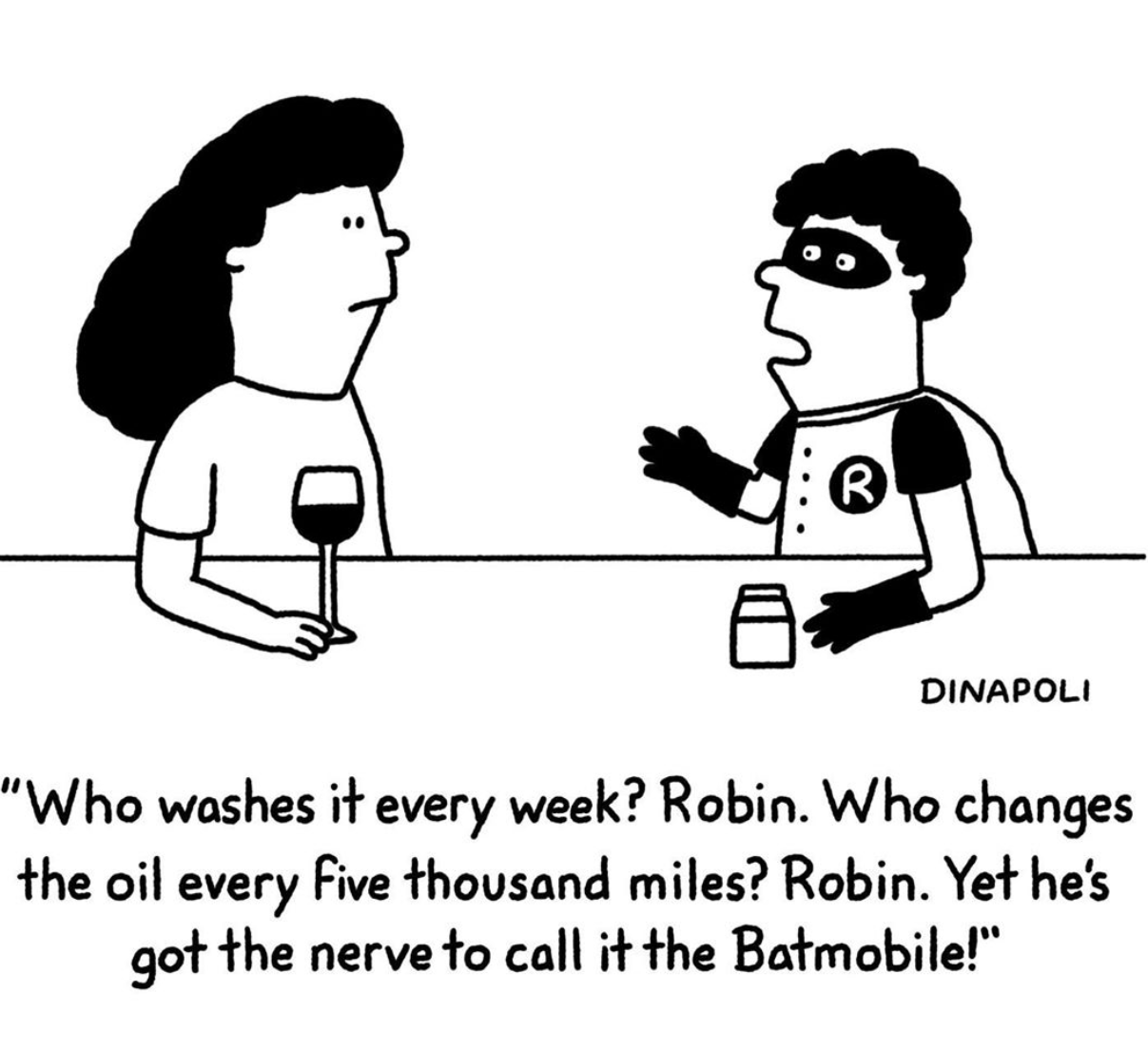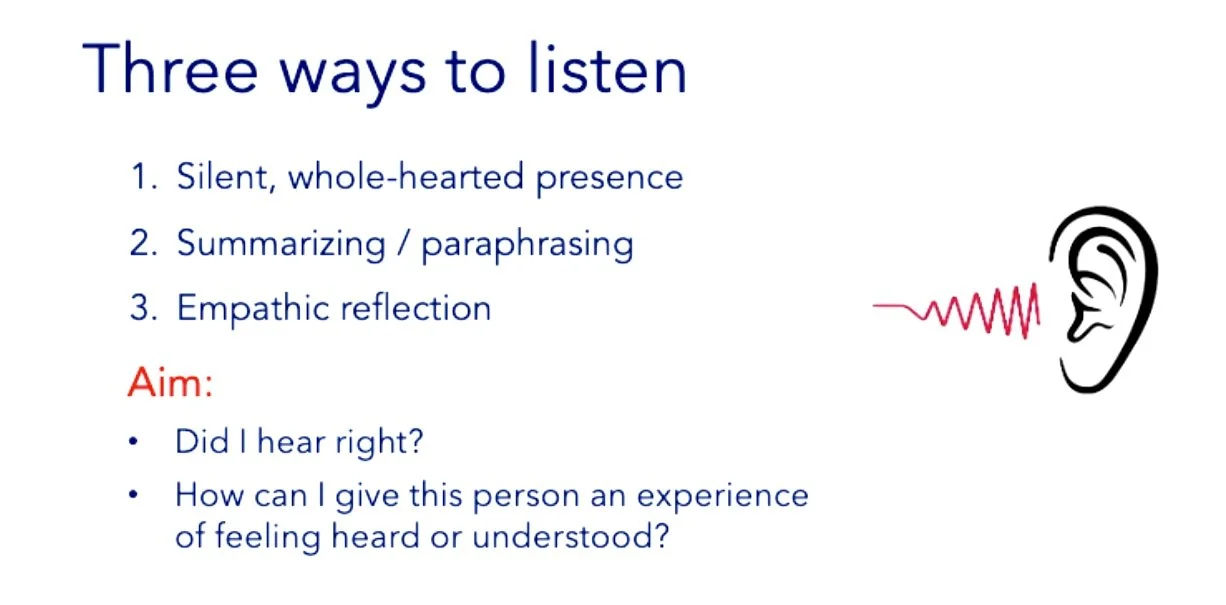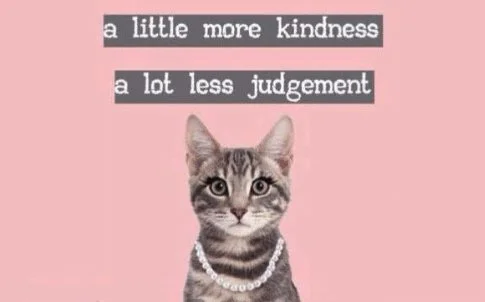
MICRODOSING MINDFULNESS
YOU ARE THE MEDICINE
Judgement
Your host for the journey
An exploration of Judgment.
Class three.
By David Frank Gomes
“In the end, just three things matter:
How well we have lived
How well we have loved
How well we have learned to let go”
The zoom presentation on Judgment for those who missed it.
JUDGMENT
Judging is something we do constantly, and it is largely automatic. Within a fraction of a second, we form an opinion about somebody we meet for the first time. We only need a little time to call an evening successful or to label a feeling as annoying.
We judge many things, such as other people, ourselves, situations, the weather, and so on. The main characteristics of a judgment are described in the following sections
A JUDGMENT COLOURS REALITY
A judgment is like a pair of glasses or a filter. We see the world through the glasses of our judgment. A judgment stems from our beliefs:
Uneducated people are stupid
I’m always unlucky
A man is not supposed to cry
or norms
One always celebrates a holiday or birthday with family and friends
A judgment can also be directed inwards, toward our feelings and thoughts.
For example, when we experience sadness, we may label this sadness as “unwanted”. In turn, this judgment affects the thoughts that come with it, often leading to a negative spiral of thoughts like
I should not feel like this;
I don’t want to feel like this and increasing the chance of negative emotions hi-jackng us.
When we subsequently judge these emotions as “bad” or “wrong”, we become further dragged in to a cycle of thoughts and emotions, as described in session 2.
Judgments can also be directed outwards. An example of a judgment outside of ourselves is when we might label somebody, like a street person as a “loser or lazy or a drug addict” because of his lack of education or position. This judgment affects how we interpret the person’s behaviour or situation and how we treat that person. Since we see this person as “less than”, it is likely that we show this person less respect than we would if we were to see him as a successful person. The moment we judge, we only see our own projections and not other aspects of the person that may be hidden behind these projections.
Interestingly, a judgment often says more about the person who makes the judgment than about the person about whom the judgment is made. No matter how accurate or appropriate a judgment may seem, it is by definition a reflection of our personal opinions and beliefs.
Thus, our judgment of another person is not a true characteristic of that person. After all, the person who we call a “loser” because of his lack of education can be a successful person to someone else (e.g., because the person has a lovely family). In this example, the judgment is based on the judging person’s criteria of a “loser” (the lack of education or position). The judging person is likely to apply these criteria to himself. In other words, the judgmental glasses with which the person sees the outside world correspond to the judgmental glasses with which the person looks at himself.
Good Judgment
With the practice of mindfulness comes the conversation about non-judgement. We may experience that as we practice more we loosen our ideas of what’s good and bad, and as a result, we may drop some of our past prejudices and knee-jerk reactions to things. However, judgement is also necessary; we need it to navigate our daily lives and to make decisions. So how do we find the balance?
It’s useful to approach judgement with curiosity. If we can step back from automatically buying into every opinion we have, we can start to learn more about where our judgements are coming from, whether they’re helpful or not, and whether they are in line with our true values.
For example, say we’re with a friend and they’re telling us about a problem they’re having. As we listen, our minds may be throwing up many judgements about why the problem is happening, what our friend could do differently, and even judgements about the overall character of our friend. These judgements are inevitable (we can’t stop our minds from judging) however our reaction to those judgements is slightly more within our control. As soon as we notice them, we can try to hold them more lightly. This way, we don’t get so lost in our judgemental thoughts, and can instead redirect our focus on listening with more awareness.
There will of course be times when we must act on our judgements. If our friend is constantly telling us about their problems and yet never asks how we are doing, we may feel that we no longer want to spend time with that person. And that’s okay. Being mindful isn’t about passively accepting everything that happens in life. It’s about cultivating that ability to reflect on our judgements first and then take action.
The next time you notice a judgement, get to know it a little better.
Is it coming from your values, or just from the temporary mood you’re in?
Is it true?
Is it fair?
After taking a few deep breaths, and checking in with yourself, does the judgement feel the same?
Don’t push the judgement away or make it wrong, simply sit with it for a while and explore.
NUDGING OURSELVES TOWARDS CURIOSITY
Identify a thought of judgment about yourself and then find some thoughts of curiosity to reframe the judgment. Do the same with thoughts of judgment about others or situations.
See the examples below.
THE WORLD OF OPPOSITES
Judgment is generally made in extremes, such as good/bad, beautiful/ugly, small/large, desirable/undesirable, pleasant/unpleasant, and the like. Judging creates duality. Duality means contrast. Opposites exist only in relation to each other, and they cannot exist independently.
Good can only exist if there is bad.
Light can only be there if there is dark.
A teacher can only exist if there are students.
Opposites are always part of the same coin that consists of two halves, two opposites. The moment that one of these halves falls away, the other half will also no longer exist.
For example, if there were no students, then there would no longer be a need for teachers. A teacher is only a teacher if there are students to teach.
If you were the only person on earth, would you be a good or a bad person, a tall or a small person, would you be a teacher or a student? Absolutely speaking, there cannot exist a student and teacher, no good and bad and no tall and small.
One could say that both can only exist in relation to each other. The existence of one half (bad/student/grief) makes the experience of the other half (good/teacher/pleasure) possible.
When we judge, we focus on a specific half of the coin. A judgment focuses on one of the two opposites. We do not see the entire coin, but only one half. Our reality is focused on this one half, which receives our full attention. The moment this separation takes place, we tend to hold on to the good and avoid the bad because we see them as independent from each other, as individual events that are unrelated to each other.
A judgment focuses our attention on a specific half
However, the moment we realize that the one (bad) cannot exist without the other (good), the tendency to fight and get rid of the bad declines. As we again focus on the whole and not on the individual parts, it gets easier to experience peace on the dark side of the coin.
Eventually, it might be possible to be grateful for the experiences we perceive as less enjoyable because they allow us to experience the other side. Negative experiences are just as necessary as pleasurable ones.
A JUDGMENT LIMITS REALITY
A judgment always highlights only one side of the given information. The reality is in fact endlessly complex. By labelling something “good” or “bad”, you reduce it to just that, “good” or “bad”, although nothing is only good or bad. An event that at one moment is perceived as difficult or bad (e.g., being fired or dismissed from a job), later often turns out to be a positive change (a new and better job).
Was the event good or bad? The judgment delineates an area. It creates a boundary, a limited space in which reality itself may happen. For example, if we judge a feeling as “bad”, we limit the moving space of this feeling.
The feeling must not move or get worse, it must not be there, it has to leave. It also reduces the experience and perceived complexity of the feeling. Even negative feelings can give us valuable insights.
As we look at the example of “loser” mentioned earlier, we can see that we reduced the endlessly complex person to the limited label “loser”. The behaviour of this person will subsequently be interpreted within our framework of “loser”. This framework indicates the boundary within which that person can move.
When the person that we perceive as a “loser”, for example, registers a success, we are inclined to assign this to luck or the situation. On the contrary, when this person experiences a failure, we see this rather as a result of the person’s own action, supporting our image of this person being a “loser”.
We ensure that the person fits our judgment without realizing that we limit the person and ourselves. The judgment “loser” limits us to perceive the human that is hidden behind our projection.
Cultural or historical differences also clearly illustrate the limitations and one-sidedness of a judgment. While a person who, 100 years ago, didn’t go to church might have been easily judged as a sinner, people who don’t go to church now are probably judged as being free thinkers or spiritual, and not religious.
Or we see it in cigarette advertising and how it has changed over the years.
It can be enlightening to see how the same event, depending on age, ethnic background, or religion, can be judged differently and thus experienced differently.
A JUDGMENT CREATES CONFLICT
Suppose you feel gloomy. By judging this feeling as bad, you start struggling with that feeling. The gloomy feeling is there, but it is bad and therefore undesirable.
The moment something is judged as undesirable or bad, a conflict occurs between how things are now (bad) and how things should be (good). Not only can this conflict cause us to feel upset, but can also encourage us to want to avoid or escape the current, as negatively judged, feeling.
We are encouraged to expand our effort to get rid of the feeling. Soon, we find ourselves trying to change what we feel right now into something we believe we should or want to feel.
A problem or conflict exists only when a situation, event, or feeling is judged as such.
Mindfulness can help us learn that people, places, things, and events are neither good nor bad but that our mind labels things as such almost automatically.
Events, feelings, or persons are not intrinsically good or bad; they “are” simply what they are, that is, events, feelings, and persons. They affect our thoughts and behaviour only when we label them as right or wrong.
Understanding judgments is an important part of mindfulness. Judgments often happen automatically. This is the conditioned functioning of our mind.
There is nothing wrong with that, as such functioning is necessary to interpret the world around us. However, as described previously, judgments may limit us severely or can even be counterproductive if we forget that they don’t reflect reality but our beliefs about reality.
By becoming aware of the natural tendency of the mind to judge, the effect of a judgment on our functioning is reduced. The more we become aware of our judgments, the less automatic they become.
By noticing that you judge a feeling or a situation, you can decide to focus your attention completely and immediately, without judging, on the experience of the moment. You can be the direct observer of what is happening in the present moment again, without a judgmental lens.
A judgment is a point of view. It is not an absolute truth.
This helps you create more space not only for yourself but also for your environment. The conversation with the person who is sitting opposite you is no longer limited to the box in which you put this person. Without judging a gloomy feeling as bad and undesirable, but by accepting and letting it be, a conflict is eliminated.
When you refrain from judgment, you see the bigger picture again, realizing that this experience is as necessary as the pleasurable experiences. They are both parts of the same coin. The gloom is not bad in an absolute sense. If the gloom is not bad anymore, the gloom is no longer a problem; it is a feeling, like all other feelings.
BEING AWARE OF JUDGMENTS
By becoming aware of your judgmental mind, you train the “observing self”. In this way, you will learn to look at the content of your mind, as a kind of independent observer, without going along with it.
You will not only gain more insight into the automatic patterns of your mind, such as judgments, but you will also learn to be able to believe or disbelieve the judgment.
You could say that you will have more control over the consequences of your thoughts.
Many forms of judgments exist. A common example is complaining. Complaining is rarely aimed at actually solving the problem (“I really don’t want to work”, “Things never work out the way I want”). You do not expect the person to whom you complain to have a solution for you. Instead, you are asking for a confirmation of a negative state, hoping that the person goes along with it.
It is important to note that judging itself is not problematic. Obviously, in some cases, it is unavoidable or maybe even important to judge, for example, when judging the effectiveness of a goal-oriented process, such as writing an article, building a house, planning a trip, and the like. Here, the judgment reflects a desire for optimal performance. Judging can become problematic when we forget that every judgment, per definition, reflects our vision of things rather than the things themselves.
When judgment is inevitable or desirable, it can be beneficial to learn to express yourself in less dualistic terms (i.e., black/white judgmental terms such as good, bad, wrong). Consciously trying to bring more relativity to your talking (“this is bad” versus “this could be better”) does not need to be at the expense of the effectiveness or clarity of your message.
Compare the statement “You did a bad job” with the statement “Your work could be improved”. The latter formulation allows more space for improvement in itself and is not only less offensive but perhaps also more motivating.
The only way to reduce the effect of judgments is to be aware of the judgments rather than trying not to judge. Judging is something the mind often does automatically. Many of the judgments we make during the day are negative. Try to notice this week as many negative thoughts as possible about other people, groups, yourself, situations in which you found yourself, and the like.
See if you can become aware of when you are judging things. Complaining is also a clear example of this. Complaining is a common way of externally expressing what you are internally judging as negative.
See if you can become aware of and observe the judgment. Try not to judge yourself if you notice that you have a judgment (“there I go again, I’m full of judgments, which I should not have”) because then the judgment will just return again in some different form.
Simply note this judgment and then return to your breathing, the anchor point of your attention. It is an automatic process that is not necessarily bad. If you have a judgment, ask yourself who you really see, the person/feeling or just your own judgment. That is how you create room for a reality beyond your own limited view again.
If it works and you become aware of the fact that you want to judge something, see if you can let go of the judgment and if you can use a more objective description in which a judgment is not present or only barely. For example, “He didn’t show up, therefore he doesn’t care about me” versus “I was there, he wasn’t there.” Or: “He was wearing ugly shoes” versus “His shoes were not quite my taste” or “What lousy weather” versus “It is raining.” It can be really helpful to train your mind this way.
A REFLECTION.
Thank you for being part of this experiential learning adventure.
AT HOME PRACTICE FOR WEEK THREE
Do the being aware of judgments exercise each day this week.
Practice the So Hum meditation and loving kindness meditation every day.
Include body scan and stop practice as needed.
Continue with routine activities as you can.
As you do the Body Scan or SO HUM meditation, try to pay attention to the judgments you make during or after the exercise.
Examples of judgments are, “This is useless”, “I can do this well”, “It didn’t go well”, or “It should feel different”, among others.
Automatic patterns are not limited to behavior, like driving a car or playing the piano. Thoughts patterns or coping with setbacks or stress can also become automatic.
AWARENESS OF JUDGMENT
Mindful awareness of judgments: Instructions
You can use a bracelet or elastic band as a tool. Whenever you find yourself making judgments about yourself or others, simply put the bracelet on the other wrist.
Move the bracelet from one wrist to the other one in friendly manner, without judgment, without being hard on yourself, or without internal dialogue.
You may become aware of how often you actually (automatically) judge.
This exercise may feel somewhat confrontational; however, it also helps demonstrate, in a visceral way, that you are becoming more aware of your thoughts and actions. You can also journal daily or keep a judgment journal and record the situations as they occur.
This can be very valuable, but requires some discipline to do.
LOVING KINDNESS MEDITATION
Instructions
For this meditation it's beneficial to close your eyes but you don’t have to.
Sit in a relaxed way. Spine upright and relaxed. And let’s just take a few slow rhythmic breaths to begin.When we are experiencing any kind of difficulty, it might not be our first thought to turn towards an attitude of loving-kindness.
Quite often when we are upset with ourselves, with another, or with the world at large, kindness and compassion is the last thing we want to consider.
consciously turning towards the energy of loving kindness with openness and care often turns out to be a deeply settling and restorative practice.
The practice of loving-kindness is one of compassion, helping us to approach our hurts and our pain from a place of warmth, care, and unconditional acceptance. A traditional loving-kindness practice begins with an expression of self-compassion.
Cultivating that tenderness towards ourselves helps us to then offer this loving energy to others that come into our awareness.
The following practice highlights various loving-kindness affirmations you might explore depending upon what you are experiencing at present.
Self-Love Affirmations
The traditional Metta meditation (or loving-kindness meditation) begins with expressions of self-care and compassion for yourself.
May I feel safe
May I feel contented
May my body support me
May I be happy and at peace.
Compassion Affirmations
Now Bring into your mind, someone that you love very much — someone you love enormously. That thinking of them brings delight into your mind. You probably have more than one. Pick one just for this moment. Imagine them right in front of you. Imagine that they can feel you wishing this for them and how pleased they would be to know.
May you feel safe
May I you feel contented
May your body support me
May you be happy and at peace.
As you move through each of the following categories, consider one person who fits the description. Repeat the loving-kindness phrases to the image of them in your mind.
Someone to whom you feel neutral
Someone who is a stranger to you
Someone you have difficulties with
All living beings
May they feel safe
May they feel contented
May their body support them
May they be happy and at peace.
*Note: Granting forgiveness to someone we have difficulties with does not mean that we continue to stay in relationship with this person. We may or we may not.
Particularly in cases of abuse, forgiveness does not come above measures to take care of ourselves.
1. How did it feel to grant forgiveness to the hurt you’ve both caused (even if inadvertently) and experienced?
2. How did it feel to offer yourself words of self-compassion?
3. How did it feel to offer self-compassion outwards? To your loved ones? To strangers? To those with whom you have challenges?
MINDFUL LISTENING
During the next two weeks, try to pay attention to how you engage in conversations. Try to focus on the conversation as fully as possible and the person/persons with whom you are communicating. The moment you notice that your thoughts are distracted, return your attention to the conversation. Try to be as present as possible. Listen to try and understand, rather than to respond.
Often, we listen to a conversation without really hearing what's being said. We miss opportunities to connect with people, and we may even risk making that person feel neglected.
Give the gift of listening with love to what you are hearing.
Some thoughts on mindful listening:
1. Paraphrase. To make sure you understood and show you were paying attention.
2. Ask questions. When appropriate, ask questions to encourage the other person to elaborate on his or her thoughts and feelings.
3. Express empathy. If the other person voices negative feelings, strive to validate these feelings rather than questioning or defending against them.
4. Avoid judgment. Your goal is to understand the other person's perspective and accept it for what it is.
5. Avoid giving advice. Moving too quickly into advice/solution giving can be counterproductive.
6. Get curious do you listen with a critical, distant, controlling approach (reactionary), or a curious, calm, collaborator (learner).
Deep listening and holding space as a sacred witness in 7 steps.
If a friend or loved one is having a difficult time:
1. Use Reflective listening: listen for feelings, thoughts and longings and reflect them back to your loved one.
2. Become aware of, but curb your desire to fix, change or solve their problem/ caretake them.
3. Sit in the silence together, with nothing to do but be with what is, loving them, knowing that their soul has designed these challenges to bring them the learning it desires.
4. While you are holding space, lean into empathy and trust that the greater intelligence has their bac
5. Ask if there is anything you can do to help--cook a meal, shoulder rub, take care of their child for a few hours--but only offer/say yes to that which you feel a genuine "yes" to do.
6. At a time that feels natural and helpful, ask them to express to you the essence of what they are wanting. Offer to hold the vision for them. Remind yourself that what you are doing is enough! Acting as a witness is a beautiful thing.
SO HUM MEDITATION
Try to do the meditation once per day. The body scan can be one meditation and so hum the other for each day.
Gently close your eyes.
Sit upright, spine straight, hands upturned.
Focus your gaze at the point between your eyebrows.
As you inhale, silently repeat the word “So“
As you exhale, silently repeat the word “Hum“
Don’t try to control your breath, just observe it as if you are watching someone else breathing.
Each time you notice your mind wander, simply draw your attention back to your silent mantra and begin again.
Additional resources:
Book recommendations:
Guided breathing
Videos
Meet Shaolin Master Shi Heng Yi in his serene talk about self-discovery
He is a powerful speaker and gets to the essence of the practice.
A conversation about Mindfulness with Huddol CEO Mark Stowlow.
5 ways to improve your breathing.





